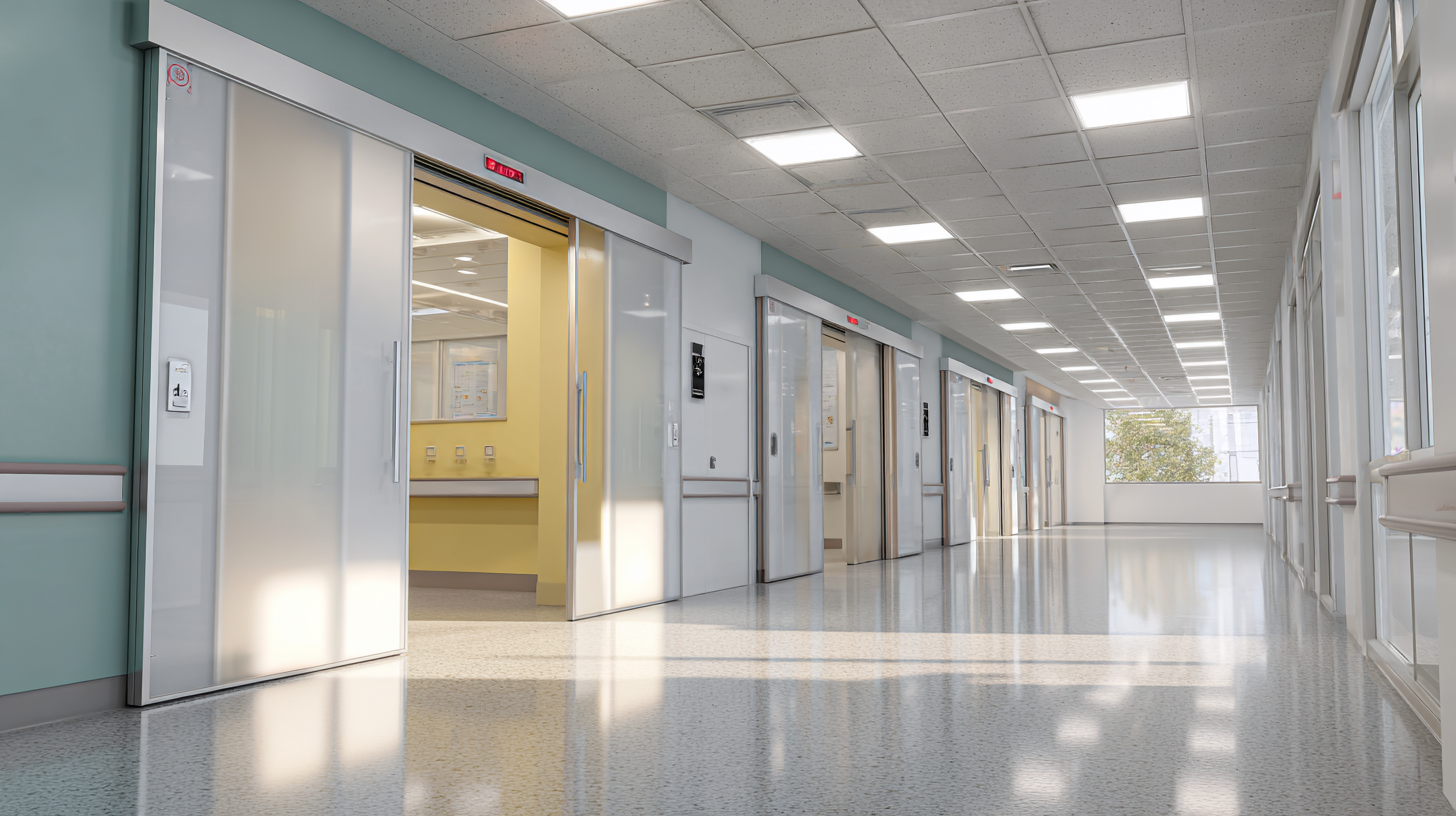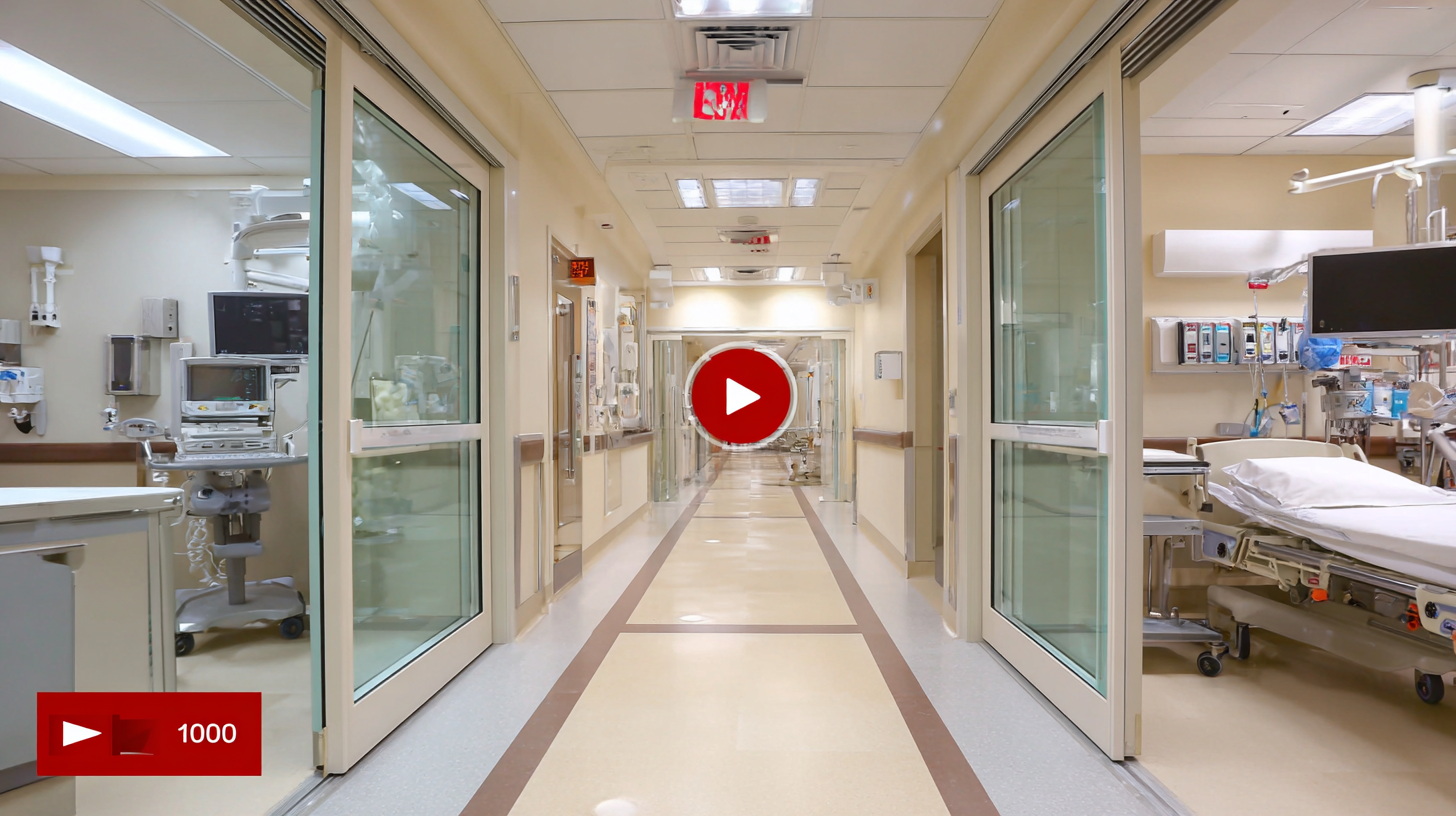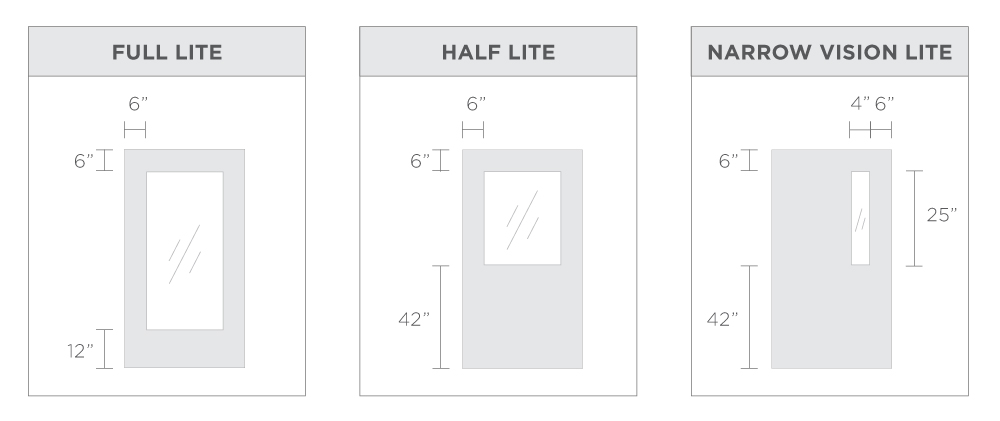10 Must Know Benefits of Best Medical Sliding Doors for Healthcare Facilities
In the ever-evolving landscape of healthcare facilities, the integration of advanced technologies plays a crucial role in enhancing operational efficiency and patient safety. One such innovation is the adoption of Medical sliding doors, which not only improve the flow of patients and staff but also contribute to a more hygienic environment.
 According to a recent report by Allied Market Research, the global market for automatic doors, including Medical sliding doors, is projected to reach $2.12 billion by 2026, growing at a CAGR of 5.7%. This growth underscores the increasing recognition of the benefits these doors provide, such as ease of access, space-saving designs, and advanced safety features. As healthcare providers seek to optimize their facilities, understanding how to source high-quality Medical sliding doors from reputable suppliers becomes paramount to ensure that they meet both functional and regulatory standards.
According to a recent report by Allied Market Research, the global market for automatic doors, including Medical sliding doors, is projected to reach $2.12 billion by 2026, growing at a CAGR of 5.7%. This growth underscores the increasing recognition of the benefits these doors provide, such as ease of access, space-saving designs, and advanced safety features. As healthcare providers seek to optimize their facilities, understanding how to source high-quality Medical sliding doors from reputable suppliers becomes paramount to ensure that they meet both functional and regulatory standards.
Factors to Consider When Choosing Quality Medical Sliding Doors for Healthcare Settings
When selecting quality medical sliding doors for healthcare facilities, several critical factors must be taken into account to ensure they serve their purpose effectively. First and foremost, the design of the sliding doors should facilitate optimal indoor air quality (IAQ), a growing concern in the context of airborne transmission of infectious respiratory diseases. Doors that open and close smoothly without compromising airflow can significantly enhance the overall IAQ, making it vital to choose models that incorporate features for better ventilation and air circulation.

Another aspect to consider is the materials used in the construction of these doors. Durable, easy-to-clean surfaces are essential to maintain hygiene standards in healthcare settings, as they minimize the risk of contamination. Furthermore, energy efficiency is also a key factor—high-quality sliding doors can prevent energy loss while maintaining a controlled environment inside medical facilities. The right choice not only supports the health of patients and staff but also contributes to the operational efficiency of the building, aligning with contemporary trends in healthcare design that prioritize both safety and sustainability.
Top Features of the Best Medical Sliding Doors for Patient Safety and Accessibility
In healthcare facilities, the design and functionality of medical sliding doors play a crucial role in ensuring patient safety and accessibility. One of the top features of the best medical sliding doors is their smooth operation. These doors are designed to open and close quietly, allowing for efficient patient flow without causing disturbances in sensitive environments. This is particularly important in areas like emergency rooms and operating theaters where a calm atmosphere is essential for both patients and staff.

Another key feature is the integration of advanced safety mechanisms. Medical sliding doors often come equipped with sensors that detect movement, preventing accidental collisions and ensuring that doors only open when it is safe to do so. This enhances safety for patients with mobility challenges, as well as for healthcare providers who need to navigate quickly through busy corridors. Additionally, many sliding doors are designed with antimicrobial materials that help reduce the risk of infection, addressing a critical concern in healthcare settings. By prioritizing these features, healthcare facilities can create a safer, more accessible environment for everyone.
How Digital Technologies Enhance the Functionality of Modern Medical Sliding Doors
Modern medical sliding doors are pivotal in enhancing the functionality of healthcare facilities, driven by advancements in digital technologies. These doors are not merely pathways but critical components that promote efficiency, infection control, and patient experience. A report by the American Institute of Architects indicates that integrating automatic sliding doors can reduce cross-contamination risks by up to 30%, vital in today's healthcare environment where infection prevention is paramount.
Furthermore, smart technologies have transformed these door systems into sophisticated assets for hospitals and clinics. Sensors and real-time monitoring enable predictive maintenance, reducing downtime and ensuring reliable access for patients and staff. According to a study by MarketsandMarkets, the smart hospital market is projected to reach $70 billion by 2025, which includes a significant focus on automated systems like sliding doors. These innovations not only streamline operations but also contribute to a more patient-friendly atmosphere, allowing healthcare providers to focus more on care rather than logistical challenges.
Benefits of Best Medical Sliding Doors for Healthcare Facilities
Comparative Analysis: Best Types of Medical Sliding Doors for Different Healthcare Facilities
When choosing medical sliding doors for healthcare facilities, understanding the unique needs of each environment is crucial. For emergency departments, high-speed sliding doors that provide rapid access while minimizing the risk of contamination are ideal. These doors often feature automatic sensors to ensure swift entry and exit, providing both efficiency and safety during critical moments. Additionally, materials that withstand heavy use and are easy to clean, such as stainless steel or specialized glass, are strongly recommended.
In contrast, outpatient facilities may benefit more from aesthetically pleasing sliding doors that enhance the overall patient experience. Opting for glass doors with privacy films can create a welcoming atmosphere while maintaining confidentiality. Moreover, these types of doors can be installed with electric operators that allow for hands-free access, ensuring comfort and ease for patients. For specialty clinics, customized options such as acoustic sliding doors can help manage sound levels, providing a tranquil environment that enhances the healing process. Each type of medical sliding door serves distinct purposes and plays a vital role in optimizing healthcare delivery across varying settings.
10 Must Know Benefits of Best Medical Sliding Doors for Healthcare Facilities
| Feature | Advantage | Best Fit for | Considerations |
|---|---|---|---|
| Space Saving Design | Maximizes available space in confined areas | Emergency Rooms, Small Clinics | Ensure adequate wall space for installation |
| Hygienic Operation | Reduces touch points, lowering contamination risk | Surgery Centers, Isolation Rooms | Regular maintenance is key to performance |
| Automatic Accessibility | Facilitates easy access for all patients | Hospitals, Rehabilitation Centers | Power supply reliability is essential |
| Fire Safety Compliance | Designed to meet fire safety regulations | All Healthcare Facilities | Must be installed by licensed professionals |
| Durable Materials | Long-lasting with low maintenance needs | High Traffic Areas, Emergency Rooms | Material choice affects cost |
| Noise Reduction | Provides a quieter environment for patients | Patient Rooms, Waiting Areas | Special features may increase cost |
| Customization Options | Tailored designs to fit specific needs | All Facilities, Specialty Clinics | Lead time may vary for custom orders |
| Energy Efficiency | Helps reduce energy costs through insulation | All Facilities, Green Buildings | Initial investment may be higher |
| Aesthetic Appeal | Enhances the overall look of a facility | Lobbies, Patient Rooms | Ensure alignment with facility's design ethos |
Tips for Selecting a Reliable Manufacturer of Medical Sliding Doors in the Healthcare Industry
When it comes to choosing medical sliding doors for healthcare facilities, finding a reliable manufacturer is crucial. Healthcare environments demand the highest standards of performance, safety, and hygiene. Begin your search by researching manufacturers with a solid reputation in the medical industry. Look for companies that specialize in medical sliding doors and have a proven track record of successful installations in hospitals and clinics. Reading customer testimonials and case studies can provide valuable insights into their reliability and the quality of their products.
Additionally, evaluate potential manufacturers based on their compliance with industry standards and regulations. Ensure they provide certification and documentation that demonstrate their products meet the specific requirements of healthcare facilities. It’s also wise to consider the level of customization they offer, as different healthcare settings may have unique needs. Engaging directly with manufacturers to discuss your specific requirements can help you gauge their expertise and willingness to accommodate your needs. By investing time in selecting a trustworthy manufacturer, you ensure that your medical sliding doors will enhance both the functionality and aesthetics of your facility.





